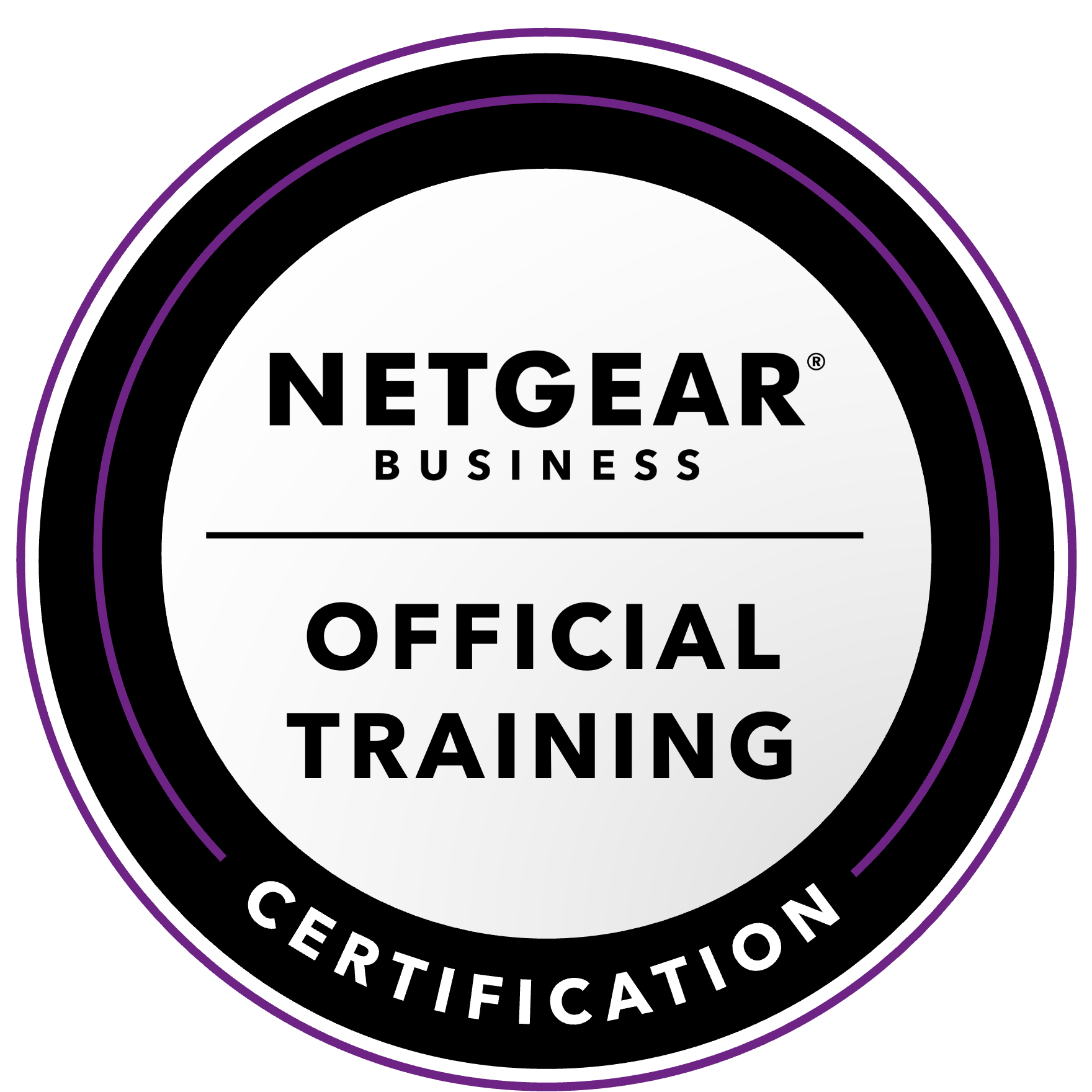NETGEAR is aware of a growing number of phone and online scams. To learn how to stay safe click here.
Forum Discussion
depasseg
Jan 19, 2012Aspirant
Separate data (volume c) and system volumes
I find it hard to understand why the system volume is not an internal device instead of being resident on the drives that are placed in the chassis. An SD card or USB or something else mounted inside could provide enough storage (think Drobo or VMWare ESXi) and have a mountpoint for /c pointing at the disk array volume. The system wouldn't be affected by the volume configuration changes on my data drives. And vice versa. It would be nice to do a factory reset on my system configuration, without affecting my data. Is there a reason that they are configured this way? Could this be added? I'd even be willing to have a system USB drive sticking out of the back if it meant separating the system data from my user data.
Thanks,
Greg
Thanks,
Greg
6 Replies
Replies have been turned off for this discussion
- mdgm-ntgrNETGEAR Employee RetiredWell the OS partition and data partitions are separate partitions on your disks. An OS Re-install will fix a number of problems and for those that aren't fixed by that support can help. If the OS partition gets full it's best to get support to remote in and have a look to make sure any problems caused by this are corrected.
Using something like a SD card or a USB drive would give a non-redundant OS partition. Adding the option to have an OS partition on a USB key would add greater complexity and then you have the issue that most likely not all USB keys will work, over time some will fail which will mean support will need to troubleshoot problems with it etc. Not to mention how to recover if you replace the USB key? How does it detect whether you have working volumes on the NAS or not? How does it handle a situation where one or more of the disks have problems. How does it detect whether you are using X-RAID2 or Flex-RAID? If using Flex-RAID how does it detect how many volumes you have? How does it recreate the users and create some sort of default config? Then there's fixing permissions that get messed up, re-installing add-ons etc., implications regarding NAS performance and probably many things I haven't thought of. Lots of testing and plenty of potential for problems and support cases. - depassegAspirantPerhaps I wrote this from the wrong direction. I guess I'd like to see two things: 1) Be able to setup and configure the NAS without any hard disks in it. 2) Be able to factory restore the OS without affecting my data (/c). Are those possible?
I understand that /c is a separate partition/mountpoint.
-redundant cards/sticks running RAID (isn't the current root volume just a mounted raid device?)
-what happens when new disks are inserted into an array? The OS has to come from somewhere. it could be loaded on to the sticks/cards the same way.
- other raid solutions (specifically zfs) have the ability to store the raid configuration on the drives themselves.
- I don't know enough about flex-raid to know why it would be different.
- I see your point about there being some challenges, but there are also some benefits and other companies have products that can do it. So it's feasible. - mdgm-ntgrNETGEAR Employee Retired1) No
2) There is a big ugly unsupported hack to kind of do this (remount data volume as read-only, attempt to remove everything and then once system crashes power off and do OS re-install), but I wouldn't trust that hack.depasseg wrote:
-redundant cards/sticks running RAID (isn't the current root volume just a mounted raid device?)
Yes.depasseg wrote:
-what happens when new disks are inserted into an array? The OS has to come from somewhere.
The new disks are synced in. OS remains on the disks. When a factory default is done the OS is installed from the flash onto the disks.depasseg wrote:
it could be loaded on to the sticks/cards the same way.
This again adds complexity. Do you still create a OS partition on the disks in the NAS?...depasseg wrote:
- other raid solutions (specifically zfs) have the ability to store the raid configuration on the drives themselves.
It should still be possible to detect the RAID config, but it does mean a lot of extra scripting for something that perhaps just a small number of users really want.depasseg wrote:
- I don't know enough about flex-raid to know why it would be different.
You can have multiple data volumes, you can choose to have private home shares on a secondary data volume. Then there's things like hot-spares etc.depasseg wrote:
- I see your point about there being some challenges, but there are also some benefits and other companies have products that can do it. So it's feasible.
Not saying it's not feasible, but in many ways it's an unattractive option. There's things for example like the USB key failing and you had a problem with disks failing around the same time.
There's also that storing the OS on a USB boot key would make it much harder for tech support to tell if you've caused problems (e.g. data corruption) via SSH (if enabled) or hooking boot key up to computer and changing things that way. The ability to swap USB keys would a make it very difficult to support. There are support issues involved.
NetGear has to consider each feature request on a case by case basis, assessing demand for a feature and the implications of adding a feature. I don't know what they'd think about this one, but personally I suspect they would have other things that are a higher priority right now. - depassegAspirantThe same flash that houses the OS to load to my user provided disks in a diskless system could load it to other devices inside the NAS. You seem to have latched on to the concept of only an external USB drive. I started by saying something like an internal SD or USB drive (or drives for redundancy as you pointed out). External was mentioned only because I didn't want to be required to buy new hardware. :)
- 1) why? what point would that serve?
2) viewtopic.php?p=193604#p193604 worked for me in the past as well
Yes it would be a lot nicer if they had a 'reset system only' option which left your data intact while cleaning everything else up.
Personally I am happy that the OS/config are stored on the disks, this means that everything travels with the disks, ie you can remove the disks (as a set) from one readynas, and put them in another readynas of the same architecture (as a set) without any issues.
If the system was stored separately from the disks, it would involve some type of pain in the arse system import/export just to get your disks booted up in a different system. - PapaBear1Apprentice
TeknoJnky wrote: Personally I am happy that the OS/config are stored on the disks, this means that everything travels with the disks, ie you can remove the disks (as a set) from one readynas, and put them in another readynas of the same architecture (as a set) without any issues.
Amen. When I purchased a second NVX (Business Edition) to supplement my NVX (Pioneer), I moved the data set intact from my Pioneer to the BE and the ONLY thing that changed was the MAC address. The Host name remained and all my share mapping was intact. On this forum we have had numerous episodes where a unit was RMA'd and when the new unit arrived, they inserted their disk set intact and the unit booted up as if nothing had happened. The user appreciated that and many were amazed at how easy it was. I actually consider the fact that the OS is on the disks a very beneficial feature. But then, I am just an ordinary user, not an IT whiz.
Related Content
NETGEAR Academy

Boost your skills with the Netgear Academy - Get trained, certified and stay ahead with the latest Netgear technology!
Join Us!
